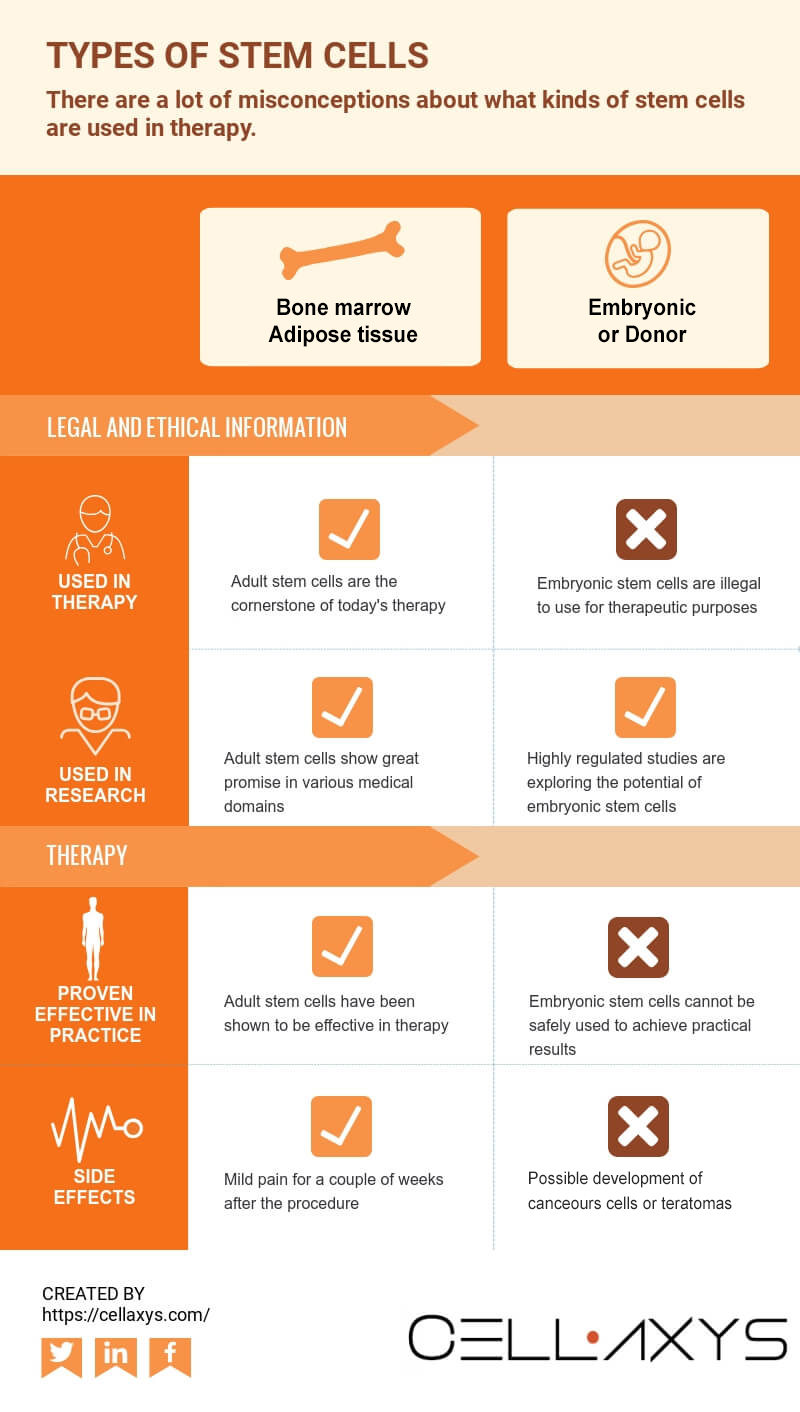Table of Contents

[/image][=video]
[/video]
There are many kinds of stem cells. Generally, the term stem cell describes a category of cells that trigger other cells (like skin, blood, heart, and muscle cells) by duplicating and differentiating in action to chemical hints. Totipotent stem cells appear at the earliest phase of advancement and are the only stem cells which can create embryonic stem cells and the placenta.
Bone marrow transplant (BMT) is an unique therapy for patients with particular cancers cells or other illness. A bone marrow transplant entails taking cells that are usually located in the bone marrow (stem cells), filtering those cells, and providing back either to the donor (person) or to an additional person. The goal of BMT is to transfuse healthy bone marrow cells right into a person after his/her very own unhealthy bone marrow has actually been dealt with to eliminate the abnormal cells.
The blood cells that make various other blood cells are called stem cells. The most primitive of the stem cells is called the pluripotent stem cell.
It is the stem cells that are required in bone marrow transplant. The goal of a bone marrow transplant is to cure lots of conditions and sorts of cancer. When the dosages of chemotherapy or radiation required to treat a cancer are so high that a person's bone marrow stem cells will be completely damaged or ruined by the treatment, a bone marrow transplant might be required.
Medical Group around Warren, Michigan
This process is typically called rescue. Change bone marrow with genetically healthy and balanced working bone marrow to stop even more damages from a genetic disease process (such as Hurler's disorder and adrenoleukodystrophy). The threats and advantages must be considered in a comprehensive conversation with your doctor and specialists in bone marrow transplants before the treatment.
There are various types of bone marrow transplants relying on that the donor is. The different sorts of BMT include the following: The contributor is the individual himself or herself. Stem cells are drawn from the person either by bone marrow harvest or apheresis (a process of collecting peripheral blood stem cells), icy, and afterwards returned to the individual after intensive therapy.
The benefactor shares the very same genetic type as the client. Stem cells are taken either by bone marrow harvest or apheresis from a genetically matched donor, usually a brother or sibling. Various other donors for allogeneic bone marrow transplants may consist of the following: A haploid-identical suit is when the benefactor is a moms and dad and the hereditary suit goes to the very least half identical to the recipient.

Matching entails inputting human leukocyte antigen (HLA) tissue. The antigens on the surface of these unique white blood cells figure out the hereditary make-up of an individual's immune system. There are at least 100 HLA antigens; nonetheless, it is believed that there are a couple of significant antigens that establish whether a contributor and recipient match.
Medical study is still checking out the role all antigens play in the process of a bone marrow transplant. The more antigens that match, the better the engraftment of given away marrow. Engraftment of the stem cells happens when the donated cells make their method to the marrow and start making new members cells.
Stem Cell Therapy in Warren
All individuals work with each other to give the best opportunity for a successful transplant. The group includes the following: Doctor who concentrate on oncology, hematology, immunology, and bone marrow hair transplant. A registered nurse that organizes all facets of care offered before and after the transplant. The nurse organizer will certainly provide patient education and learning, and works with the analysis screening and follow-up care.
Specialists who will assist you fulfill your nutritional requirements prior to and after the transplant. They will certainly function very closely with you and your family. Experts that will certainly help you come to be strong and independent with activity and endurance after the transplantation. Pastors who give spiritual care and assistance. Several various other staff member will evaluate you before transplantation and will certainly offer follow-up treatment as needed.

A full case history and physical examination are carried out, including numerous examinations to examine the individual's blood and organ functions (as an example, heart, kidney, liver, and lungs). A patient will frequently enter the transplant center as much as 10 days before transplant for hydration, evaluation, placement of the central venous line, and various other prep work.
Blood products and medications will be provided through the catheter during therapy. For an allogeneic transplant, an ideal (tissue entered and matched) benefactor needs to be offered. Discovering a matching benefactor can be a tough and extensive procedure, especially if a brother or sister match is not available. Volunteer marrow benefactors are registered in numerous national and global registries.
Contributor resources available include: self, brother or sister, parent or loved one, nonrelated person, or umbilical cable from a related or nonrelated person. There are national and international windows registries for nonrelated people and cord blood.
Stem Cell Therapy
Tests connected to his/her wellness, direct exposure to infections, and hereditary analysis will be done to figure out the extent of the suit. The contributor will certainly be given instructions on just how a bone marrow contribution will certainly be made. Once a match for a person requiring a bone marrow transplant is discovered, then stem cells will be accumulated either by a bone marrow harvest.
Or by an outer blood stem cell collection. This is where stem cells are collected from the circulating cells in the blood. Of both, outer blood stem cell donations are now extra common. Cable blood has currently been accumulated at the time of a birth and stored for later usage.
Navigation
Latest Posts
Hormone Therapy
Menopause Therapy
Menopause Therapy in Warren